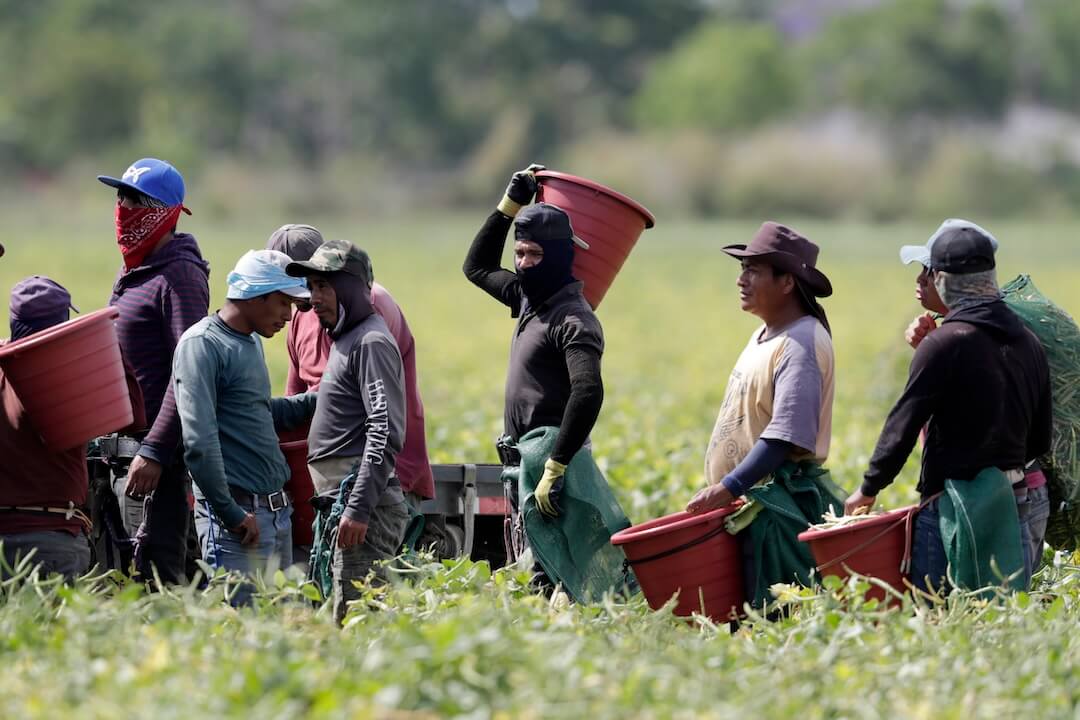In the 1990s, I worked for a suburban daily newspaper that actually discouraged reporters from getting out of the newsroom.
It didn’t matter that the news was out there in the trenches, beyond the walls of The Tonawanda News, now a long-defunct daily in the Buffalo, New York, suburb of North Tonawanda. Reporters were encouraged, even warned, to stay inside whenever possible. Management wanted that to be most of the time. They reasoned that there was much too much “editorial housework” to be done in the newsroom, and being away from the office fought against — and lost — that command.
This directive was driven home for me when one time I had arranged an interview at the home of an elderly woman who had an interesting story to tell. I’ve long since forgotten the nature of the story, but that’s not important. I was rebuked for wasting valuable time by driving to the woman’s home, interviewing her, then driving back to the paper.
“When possible, do these things by phone,” an editor told me pointedly.
Granted, we had a small editorial staff, maybe three full-time reporters, a sports writer, and several freelance correspondents. Staffers were expected to do all the routine stuff, too. Things like taking phone requests for photo opportunities; scouring microfilm files for the “Twenty Years Ago Today” column; writing the day’s weather outlook, and so forth.
These and other more sedentary tasks competed with the reality that news happens on the streets; you know, where reporters ought to be. But clerical housekeeping won out.
I’m reminded of a piece by Poynter’s Kristen Hare that noted, “Stories I remember best created an opportunity for me to experience an emotion, a realization, a sense that I was there. And the reporters who created those opportunities had one thing in common: they were there.”
At The Tonawanda News, we were urged not to be there
So what are the risks of such myopia? The answer seems clear: Doing journalism the wrong way yet somehow expecting the right results — measured by supportive readership and business-sustaining advertising. Being out in the community is what journalism simply must be about; you don’t cover it by hiding from it.
The paper went belly up on Jan. 31, 2015, a newspaper once boasting a 25,000 circulation was reportedly down to a mere 3,500. I can’t help but wonder how big a role this kind of ill-considered journalism played in that decision. The publisher’s official explanation was that the News was shuttered “for business reasons.”
I recall, too, a curious attitude one of the editors had about accuracy. He once told me, “If we don’t get it right, there’s always tomorrow’s paper in which to print a correction.”
True. But everyone knows that after-the-fact corrections only faintly lessen the damage done. What’s more, with an attitude like that, it’s little wonder the paper tended to be sloppily edited; countless typographical errors — some quite embarrassing — appeared in every issue, without fail.
In marketing, one learns about the four P’s: product, price, promotion, and place (distribution). It’s long been understood that product and its quality wins the day. Quality products delivering real value stay the course; shoddy products invariably die from their own self-defeating inferiority.
I think that’s at least part of what happened with The Tonawanda News. Maybe had they let reporters get out there, dig a little, and really report what was going on, it might have flourished as a credible source of community journalism, successfully supported by readers and advertisers alike.
All this is not to rag on a long-perished paper. Instead, it’s a reminder that community journalism is important, and it needs to be done right. Tonawanda means “swift waters,” a name given to the area by Neuter and Erie Native Americans. Sadly, The Tonawanda News couldn’t keep its head above water.
Now it’s just a faded memory. For some, a dubious one.






